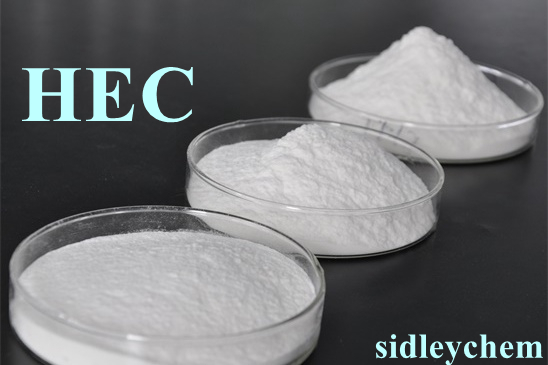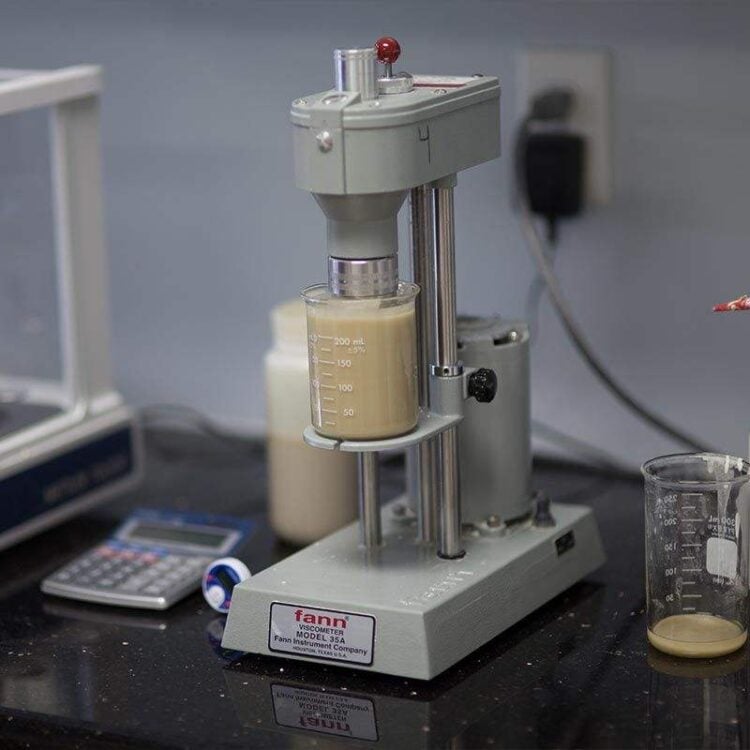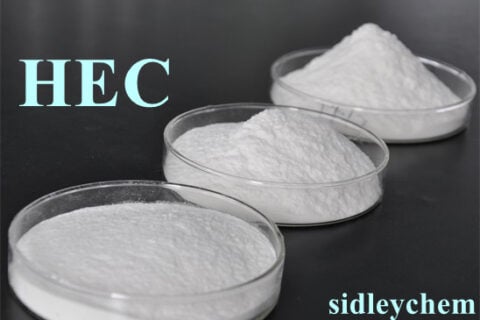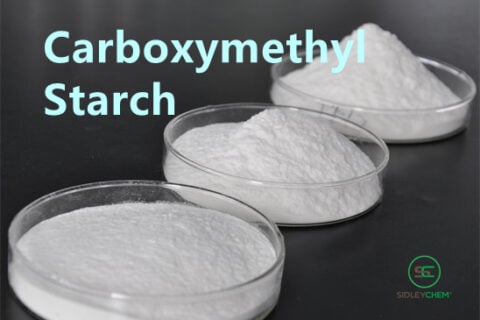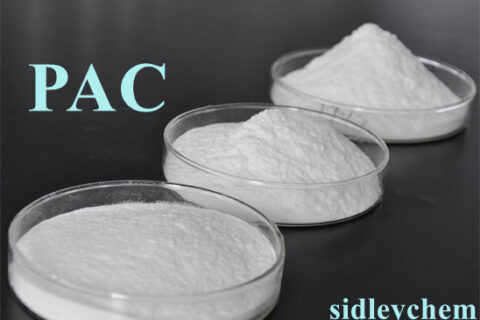Hydroxyethyl Cellulose
Overview
Hydroxyethyl Cellulose is an non-ionic water-soluble polymer, it is white to slightly yellow, odorless and tasteless powdered solid. O-150WSE is mainly used as viscosifier. HEC used as thickener will impart good mobility and stability to various slurries necessary for drilling, completion, cementing and fracturing operations.
Specification
| Type | Viscosity mpa.s | Moisture, % ≤ | Ash, % ≤ | pH |
| O-300SE | 150-400(2%) | 6.0 | 6.0 | 6.0~8.5 |
| O-150WSE | 5200~6000(1%) |
Remarks: The above viscosity values are all obtained using Brookfield Viscometer at 25℃, LVTD.
Liquid Hydroxyethy Cellulose
Overview
Liquid Hydroxyethyl cellulose (HEC) is made by mixing HEC, mineral oil and surfactant. It can be rapidly disperse in and thicken a variety of brines, including sea water and other light brines, with minimum shear and without forming fisheye.
Specification
| Liquid Hydroxyethy Cellulose | |
| Item | Specification |
| Appearance | Cream to light yellow liquid |
| HEC content max(%) | 40 |
| PH | 6-8 |
| Solubility | Soluble in fresh&salt water |
| Acid solubility | Soluble in 15% HCL |
| Temperature stability | 93-110℃ |
| Specific gravity | 0.93-0.98 |
Research progress of hydroxyethyl cellulose materials in oil and gas drilling and production
The article delves into the chemical structure and properties of hydroxyethyl cellulose (HEC), emphasizing its environmentally friendly nature and limitations such as weak temperature resistance and high dosage requirements. It discusses various modifications of HEC, including hydrophobic, cationic, and amphoteric ion modifications, and their applications in enhancing the performance of drilling fluids. The article also explores the use of HEC in different roles such as thickeners, flow regulators, and water loss reducers, and highlights the need for further research to improve its performance in high-temperature and high-pressure environments. Additionally, the article reviews the progress and future directions of HEC materials in oil and gas drilling and production, emphasizing the importance of continued exploration in this field.

